|
The team made a great deal of progress this semester when it came to applying for grant funding and curriculum development. Being able to work with the Maasai community and improving a poor situation is the most rewarding part of being a part of MAEC and the second is definitely being able to participate with the group in the first place. A large part of this progress came from the flexibility each new team shows and our ability to collaborate. The support we receive from Arizona State University, the Maasai Education and Research Center (MERC), and you are invaluable. At the beginning of the semester, we applied for a $100,000 grant from the Big Cats Initiative from National Geographic with the goal of preventing animal poaching in general. Using previously done research, we argued that implementing an encrypted radio communication system for the safari drivers in Kenya could reduce poaching, including that of big cats. The Maasai people are the best equipped to care for and respect these animals. As of December, there is no date set for announcement of awardees. We also applied and made it to the final round of ASU’s Changemaker Challenge towards the end of the semester. Vivian Chen and Cassidy Hornsby made the final presentation to the judges and as of December 18, feel very good about our chances of winning the $2,500 we asked for - enough to buy another 7 of our mobile repair kits. The winners of this challenge will not be announced for another week. These kits are important for beginning the process of getting the Center up and running because it allows us to teach our curriculum without the use of a fully functioning facility. The team has made progress in creating our curriculum. The steps in creating the lessons involved 1) listing the most common maintenance and repair operations faced by the MGA drivers and possible using the mobile repair kit, 2) creating a template for consistent future lessons and rubrics so that future lessons can easily be recognized as being a part of the same program, 3) gaining hands-on experience repairing similar vehicles, 4) creating the actual lessons and 5) test teaching the lessons for refinement. The template will introduce the curriculum as a brand and creates a more professional trust. There are five completed lessons: engine basics, steering basics, cooling systems, changing tires, and glow plug and fuel injector replacement. The lessons will need to be updated as the curriculum begins to come together but the first iteration has already begun and looks promising.  Experience came from Professor of Automotive Systems Engineering at ASU, Jim Contes, who invited us to his totally-equipped garage where the team completed the work on changing tires, changing brake pads, oil change, lubrication and instructed us on steering, coolant, brakes and other aspects of vehicles. He walked us through doing all of the repairs for the lessons we were working on and more. Respecting coronavirus guidelines, we were able to meet in person and work on actual, physical vehicles as well as create our own media content for lessons in the future. For each topic, one team member actually performed the task while asking questions, one student took notes, while the other two were in charge of taking pictures and videos. We familiarized ourselves with the tool kits and added to a list of new tools required based on what we learned from our hands-on lessons. The team sends a huge thank you to Professor Contes for donating so much of his time towards helping us improve as students, teachers, mechanics, and a team as a whole. The resulting created lessons were test taught over zoom to both experienced mechanics and novices with no experience with vehicle repair. The result was a team awareness that these lessons should be developed by experienced mechanics who know the small details which students could only learn by lots of practice, and that’s not available. The curriculum development, therefore, has pivoted. We will refine the existing lessons but will search for established mechanics curricular materials for the remaining lessons from trade schools with certified programs in auto mechanics. The student team will then adapt those lessons to Kenya and to the Land Cruisers using service manuals as references. The team looks forward to traveling to Kenya to teach the first cohort of students. This groundwork will be great for continuity throughout this endeavor as the team itself is always changing. Consistency is key and having it recognizable as being from the same project, despite being made by different people, will do wonders for staying on schedule.
0 Comments
What Is Poaching?
According to the Library of Congress, there are three conditions under which hunting is illegal:
What Motivates Poaching? Poaching is a profitable business because the body parts of these endangered animals are highly demanded in the market. Rhino horns, for instance, are believed to treat hangovers, impotence, fever, and cancer--though none is scientifically proven to be true. Ivory, on the other hand, is carved into jewelry, utensils, religious figurines, and trinkets. In addition, any general market conditions such as supply and demand fluctuations also affect poaching rates. For instance, the Chinese ban on ivory trade in 2017 might have blunted demand for elephant poaching, but also driving the value of ivory up. Lastly, one of the biggest motivations for poaching is poverty. According to CNN World, “There tended to be more poaching in areas with higher poverty density, leading researchers to suggest that the decline in poaching will not be sustainable without a decline in poverty.” Lack of income motivating poaching is also seen in poaching rates during COVID-19. According to VOA News, “Uganda’s national parks recorded a doubling of wildlife poaching during the pandemic compared to this time last year.” Why Is Poaching in Africa an Important Problem? Poaching is destroying endangered species populations in Africa. According to the African Wildlife Foundation:
What Is the State of Poaching Now in Africa? According to Save the Rhino, in the last decade, Africa lost 9,442 rhinos to poaching. The number of rhinos poached per year increased from 2008 to 2015, hitting a peak of 1,349 before slowly decreasing year by year afterwards. In South Africa, the country with the highest rhino population in the world, rhino poaching numbers have been steadily decreasing between 2014 and 2019 as well. Even though 2019 showed a significant decrease in poaching from the previous year, on average, a rhino is still being killed every 15 hours. In the Maasai Mara, not only are the aforementioned rhinos harmed by poaching, but also the lions, cheetahs, great apes, pangolins, and various other species suffer due to the perceived value of any of their body parts. What Are Anti-Poaching Solutions Currently Being Used? Technology can protect wildlife in many ways. For example, tagging and sensors allow for eavesdropping and monitoring of human activities remotely. Other monitoring solutions include camera traps, satellite images, etc. Most recently, technicians have been experimenting with drones due to their high potential of being an effective deterrent and Google Glass to track and document wildlife movements. Other creative anti-poaching solutions, according to One Green Planet, include anti-poaching dogs, dehorning rhinos, employing mobile veterinary units, and microchipping endangered species. What Are Some Ways You Can Help? If you would like to support anti-poaching efforts on the Maasai Mara, please donate--however much or little you can afford--to our GlobalResolve team. Aside from us, there are also a number of organizations doing tremendous work to preserve the wildlife populations on this planet, including but not limited to:
Lastly, as a consumer, you hold the power of influencing the demand--one of the biggest motivators of poaching as mentioned above--for poaching. Therefore, you can educate yourself on your purchases--their source, labor conditions, and materials. As you find out more information about the materials of the product, avoid products that are sourced from the body part of an endangered--or any--animal. This holds true for clothing, jewelry, silverware, decorations, and even food. The best way to be sure that your purchase does not contribute to the demand for poaching is by directly asking the shopkeeper where the product was made and whether it was permitted by its country of origin to be produced. As animals do not possess the voice to advocate for themselves, be the voice to protect them so that our future generations may still come to know of them. Maasai Mara is a large national game reserve in Narok Kenya, bordering Tanzania. It is named in honor of the Maasai people, the ancestral inhabitants of the area, who migrated from the Nile Basin. The reserve “Mara” means “spotted” in the local Maasai language originating from the spotted bushes and trees of the area. The Mara has a rich history and culture of coexistence with the land and its animals. Maasai Mara is one of the most famous and important wildlife conservation and wilderness areas in Africa, world-renowned for its exceptional populations of lion, African leopard, cheetah and the African bush elephant. The legendary wildebeest migration is also one of the world’s most amazing wildlife encounters. The reserve is particularly famous for its highest concentration of lions and more than 500 species of birds, from kori bustards to ostriches. Mara national reserve covers 1,510 square kilometers that run to the Northernmost section of the Mara-Serengeti ecosystem that covers 30,000 square kilometers. The Maasai Mara is also one of the most famous safari destinations for tourists with both nature and wildlife attractions. This includes the hot air balloon safari, game drives, walking safaris and bird watching. The Maasai culture is one of the few remaining untapped cultures on the planet. The Maasai tribe is one of the native tribes found in Kenya. The community members (I don’t like the term “locals” although it is used a lot) live along the Great Rift Valley which has a semi-desert climate. They practice a nomad lifestyle where they depend on livestock for livelihood with little agriculture. The Maasai tribe is among the few tribes that have managed to conserve their traditions and cultures amidst modernization of the continent. They encourage and live by coexistence with each other, tourism, wildlife, cattle and the government.
The history of the Mara can be traced back to the East African ancestors of the Maasai, which had adopted pastoralism. Pastoralism can be described as a form of domestication, where animals such as cattle are released into the outdoors for grazing. The Maasai and wildlife have always been very interdependent. In times of severe drought, people turn to wildlife as a food source. Maasai’s success in conserving their environment without threatening the existence of the region’s wildlife can be attributed to pastoralism itself. Cattle was and continues to be central to life in the Mara, and their need for grazing land led them to cooperation and conflict with neighboring groups such as the Kamba and the Kikuyu communities. Many Maasai people continue to rely on herding cattle and goats for a living, and in the rural areas rely on food produced by cattle, especially milk, which is part of a popular cornmeal ugali. Their wealth is also measured by the number of cattle they own, however they normally do not eat meat. Since the Mara has been the site of pastoralism for a thousand years, most of their vegetation now only thrives from human interference. A current issue facing the Mara has been the increasing coming of tourists, a development which interferes with animal migration. It is clear that the wildlife are as much a part of the environment as the people. The current system of tourism and development in the Mara endangers both the wildlife and the Maasai. Organizations such as the Mara Guide Association (MGA) have been dedicated to monitoring, protecting and taking care of these animals. Although conservationists have become increasingly aware of these issues, understanding the present needs of the Maasai and their neighbors at the local level and implementing a new park development strategy is crucial to save Maasailand from extinction. Kenya is one of the most visited countries in Africa because of the beautiful game drives of the Masai Mara. Located in East Africa, the beautiful country Kenya has its capital in Nairobi and its official languages as English and Swahili Language in Kenya . Kenya is neighbored by South Sudan to the northwest, Ethiopia to the north, Somalia to the east, Uganda to the west, and Tanzania to the south. The Kenyan flag has a meaning behind its colors: black represents the people of Kenya, red represents the bloodshed during their independence fight, and green represents the landscape and natural wealth. Kenya gained independence from Britain on December 12, 1963, marking only 57 years of independence. In the Southwest of Kenya and north Tanzania lies the extraordinary Masai land; this land is known as the Masai Mara Reserve. The Masai migrated to northern Africa a thousand years ago. The Masai are known to be the one old tribe in Africa. The Mara attracts many tourists worldwide, which may mislead one into thinking that the Masai economy is a prosperous one; instead, it is a corrupt one. The Masai people are known as warriors and hunters, dressing in traditional clothing, and performing their jumping dance. Masai knows the most important quality is the community in which nobody is left behind. The Masai tribe is seen as the lower caste of the Kenya tribe. Masai face many difficulties as a tribe and are exploited by the tourism industry and the Kenyan government. According to Prof. Meitamei Ole Dapash, Director MERC, on the proposed Maasai Mara Management Plan, The tourism industry has controlled them by making the Masai dance to the tourists and entertaining them for less than a dollar a day. Currently, the Masai tribe is fighting to protect their land and create jobs. The Masai can lose the majority of their land through development and fighting among clans. The Masai people still have withholding the community's pride with them, and most do not have an interest in Western society. The fight among the clans is something the Masai never escape since their independence. In 1963 Kenya was free, but that didn't make every tribe in the nation accessible. The Kikuyu tribe is seen as the lowest in Kenya because of Jomo Kenyatta. The Kikuyus have been forcing the Maasai people out of their homes and businesses. This trauma has left the rest of the Kenyan population beyond repair because of what was set by Kenyatta. Today there is a problem between the Kikuyus and the Maasai due to their beliefs. According to Masai, Kikuyus and Somali Culture "I asked one of the old men what was the matter. He answered quickly, in a low voice: 'Masai na kudja'-- the Maasai are coming". The Kikuyu welcome the Masai to their ngomas (big dances), but things quickly turn violent. After the violence, the Kikuyu cast a spell on their women to protect them from falling in love with the Masai. Thus they discourage inter-marrying." The belief has been passed from generation to generation to the point where clans are still fighting. Today, Masai are still facing healthcare, education, and a loss of land from development, which will lead to the destruction of their culture. According to Prof. Meitamei Ole Dapash, Director MERC, on the proposed Maasai Mara Management Plan, The Maasai’s goal is to create self-government in which the Masai will be able to fight in court, protect their land, and build a better future for the next generation; most importantly, maintain their land, identity, and tradition. As the conclusion of another semester draws near here at ASU, our team is excited to celebrate all that we have achieved not only in the last month, but over the whole semester, and we look with excitement to the new team who will be joining when we return in August. We have continued to adjust to this online format but that hasn’t stopped us from advancing this project! Our friends in Maasailand are always on our minds, as the impact of the COVID-19 situation has been on the rise in Kenya. In this last blog post of the semester, we will be looking at the progress we have made this month, and we will also be looking to the promising future of MAEC.
April Accomplishments As we have adapted to virtual classes and virtual team meetings, our team has continued to make great progress towards our project goals this month. The powerful functionalities of Zoom, Google Drive, and Slack, among others have kept us united and efficiently working to accomplish our tasks.
A Recap of this Semester’s Accomplishments January
February
March
April
Goals for Next Semester Although some members of our Spring 2020 team are graduating or moving on, the initiatives we have started and worked towards will need to bleed into future semesters for the MAEC to be a success! Together we have come up with some of the big key goals for those who decide to join the team next year. We find this vital to the overall success of the project because it allows consistency through the semesters, it consolidates our progress into objectives, and it allows transparency when looking back at how far we have come. These goals should serve as a message for our successors! Below is a list of our top objectives for the next team! Take notes!
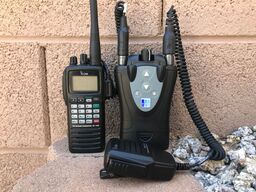 First of all, on behalf of the team, allow us to sincerely thank you for finding your way to this month’s blog post. We know it is a crazy time, and that the news is changing every day---no, every hour---and we appreciate the time and brainspace you devoted to arriving here. (Both literally, arriving at this page, and in a broader sense, navigating these uncertain times…perseverance is truly a virtue, keep up the good work, friend.) In the following post, we will be discussing our team’s progress for the month of March, with all the changes and unknowns that it has brought with it. We hope you find it a bit of a more relaxing read than the news that seems to always be breaking, and most of all we hope you and your loved ones are safe and healthy. March Accomplishments In early March, the team left for spring break and returned to a very different national reality: online classes, social distancing, and all the other continually developing effects of the COVID-19 pandemic. Despite these rapid changes, we are proud to say that not only have we been very adaptive as a team, transitioning to Zoom meetings and rethinking project plans, but we have achieved many of our goals, even amidst the changes and uncertainty!
TCC Encrypted Radio System: April Goals With big changes being made to our semester due to COVID-19, our goals have slightly changed for the end of the Spring 2020 semester. We have halted our efforts to fundraise and no longer will be focusing on planning for a summer trip to Kenya. With this being said, our momentum has not been slowed! Our team is considering moving the Kenya trip to December of 2020. In the meantime we plan to stay busy with the following goals:
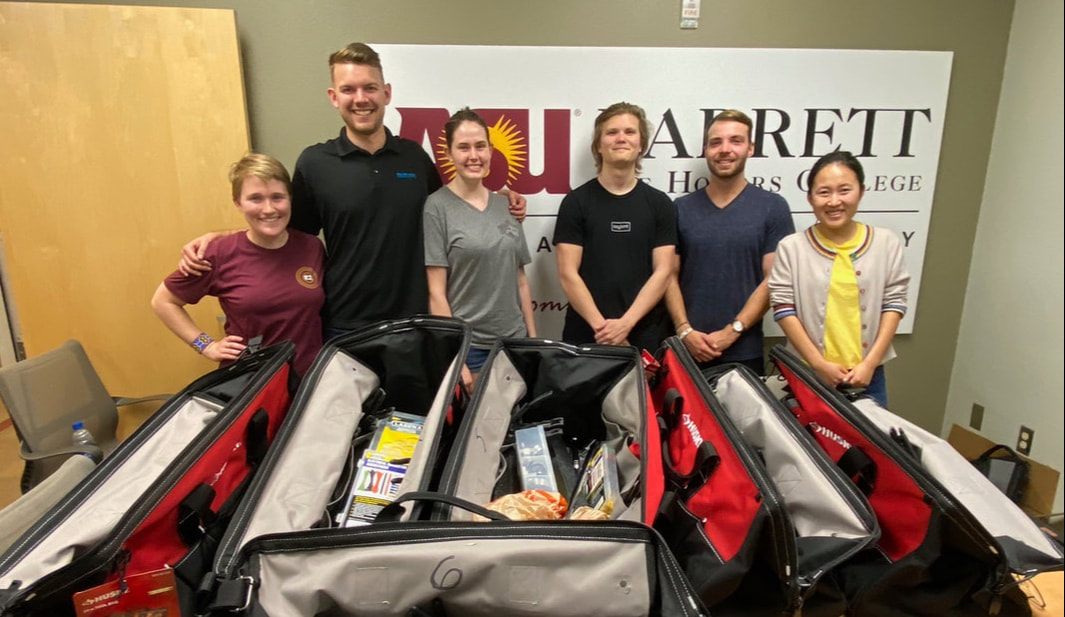 With the conclusion of another month of hard work and dedication to the Maasai Automotive Education Centre, our team here at ASU is excited to share our progress and goals moving forward. February Accomplishments Motivated by our strong start at the beginning of the semester, our team has continued to make great progress in February. As a team, the progress we have made this month can be broken down as follows:
February Fundraising Contributors We would like to take this opportunity to recognize the amazing individuals who have supported this project with their generous donations in the month of February! It is with deep gratitude that we recognize the following donors: Charlene Anderson, Deidre Brodeur-Coen, Joanne Cunningham, Chelsie Hancock, Mark Henderson, Logan Rhind, Colton Sattler, Cherly Schmidt, and the many anonymous donations from our Donor Wall on our Pitchfunder site We would also like to thank the many individuals at the Scottsdale Pavilions Car Show who graciously donated to this project! Your generosity has helped us meet and surpass our first fundraising goal! With these funds, we have purchased the first wave of Mobile Repair kits which will be launched in the Maasailand in the first weeks of March. March Goals As the semester is passing by quickly, our team is becoming more comfortable with the project and the goals we have for the upcoming month. For the month of March we plan to work on the following:
Chipotle Shout out:
With the start of another academic semester in the United States, we are excited to introduce our Spring 2020 team and announce updates for the Maasai Automotive Education Center! First, let’s meet this semester’s new student team: January Accomplishments: What have we done so far?
With classes starting at the beginning of January, our team hit the ground running. In order to bring our new team members up to speed on all that has been accomplished thus far with MAEC, we started the semester with full-team discussions, encouraging questions and ideas along the way. After this, we were ready to dive right in. With such a diverse team this semester, our individual strengths emerged as we began to understand how each member of the team fits into the roles this project requires. As a result, this month we have conquered the crucial task of establishing our goals for the semester. They are as follows: This semester, our main focus is on the mobile repair kits. Our goal is to raise the funds to launch 20 mobile repair kits for implementation in March and June. So far we have:
Much of the team’s work on fundraising and curriculum development will take place in the first half of the semester. It is with these goals in mind that we move with excitement into the month of February. February Goals: Where are we going? With an amazing foundation established in January, our team is ready to tackle some big goals for February. As we enter the implementation phase of the project, we are beginning to focus more on how we are going to fund our projects and really execute our solutions. As we briefly touched on before, our big three goals for February include the following:
We look forward to another amazing month and want to thank you for reading! If you are interested in learning more about the project, contributing to funding the project, or learning more about the team, please feel free to checkout the rest of our website! It’s a new academic semester in the United States and that means there’s a new and eager team from ASU work on the Maasai Automotive Education Centre! Let’s meet this new team:
The team is just over halfway done with the semester and has made progress towards making MAEC a reality. There have been two major focuses this semester: the mobile repair kit and a preliminary business plan. The mobile repair kit will be a set of tools that Maasai guides can purchase or rent to help them with repairs while out in the bush. This repair kit will allow us to impact the local community and start providing education resources on car maintenance before the physical auto shop gets put up! The second focus of the semester is the preliminary business plan. It’s important that we get a business plan sorted out so connections can be made, and funding can be found both in the United States and in Kenya!
All of the team members are excited to be a part of this project. Stay on the lookout for future blog posts to on the progress of MAEC!
|
Author
Cassidy Hornsby Archives
December 2020
CategoriesAuthor
Vivian Chen Author
Daniel Childress Author
Zara Doukoum Author:
My name is Miles Miller and my Maasai name is Ole Rakwa. I have been managing the development of the Maasai Automotive Education Centre for the past year and am back in Maasailand with my team for the next two months to work on the first stages of implementation and research for MAEC. It’s good to be back! |
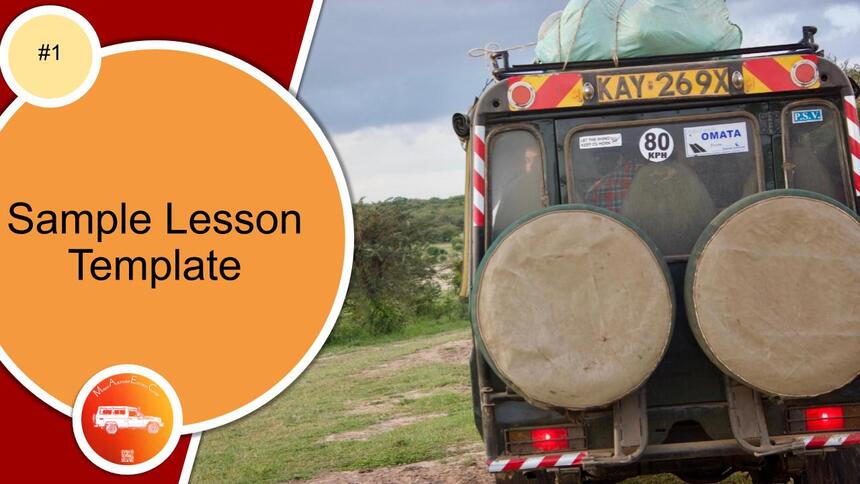

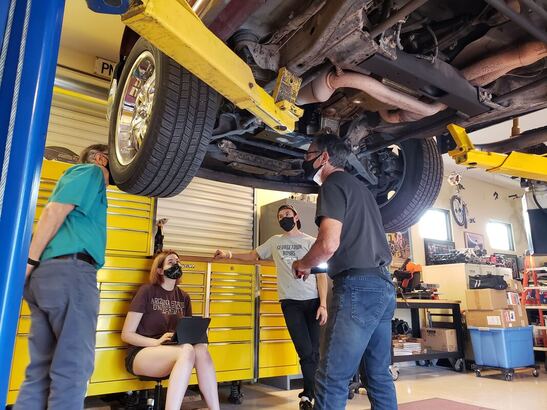
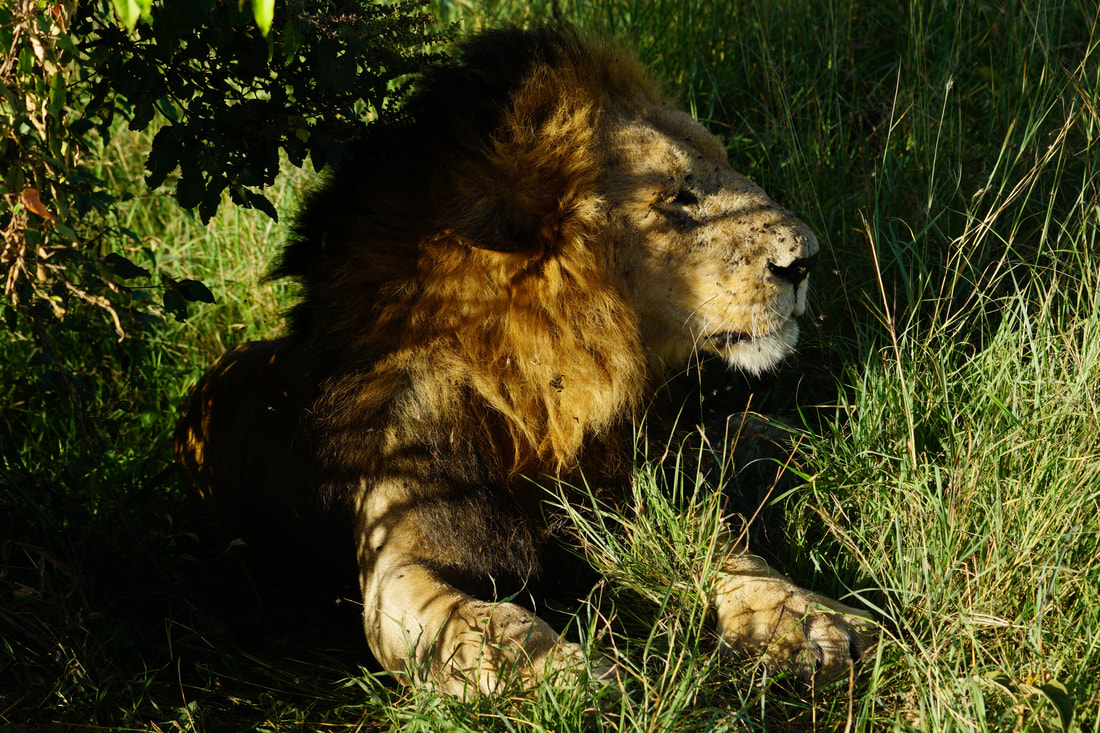
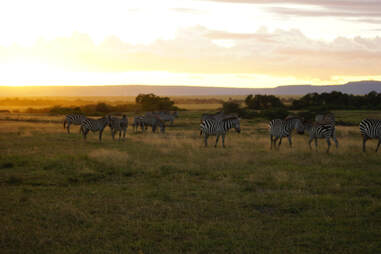
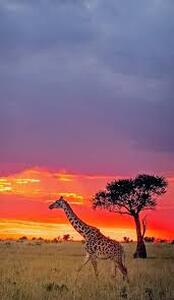
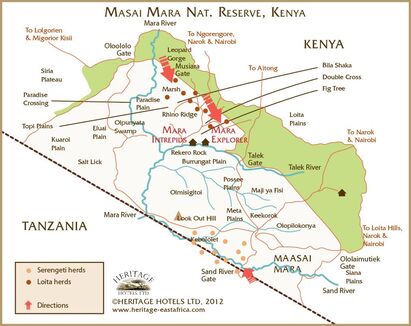
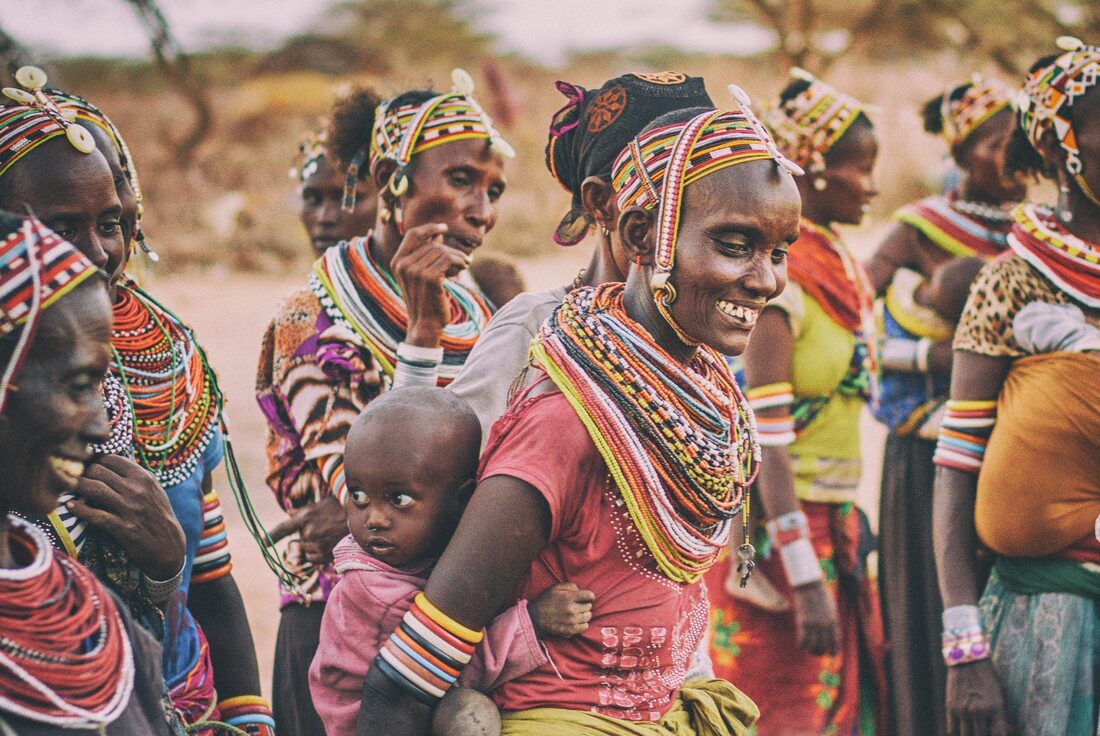
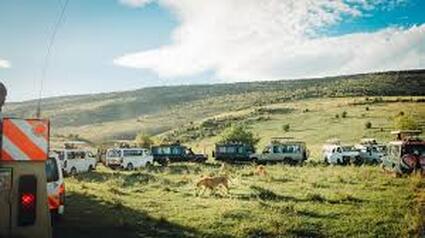
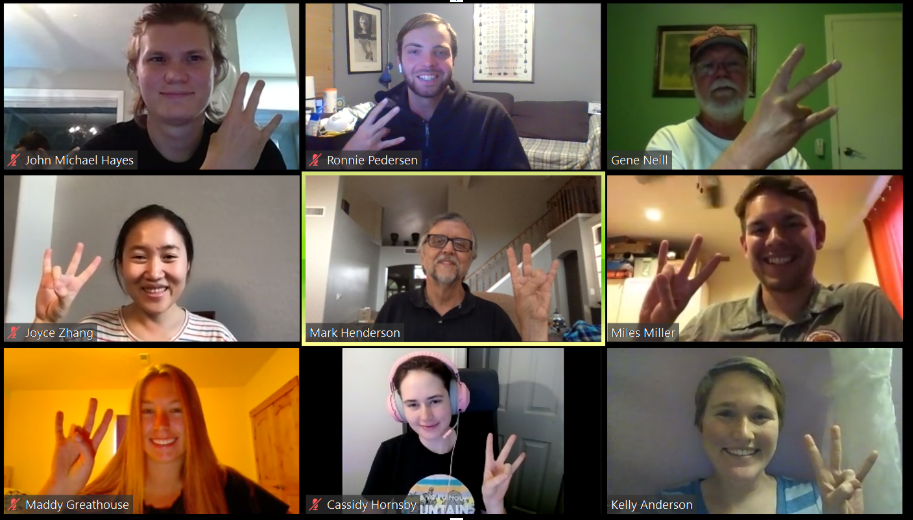
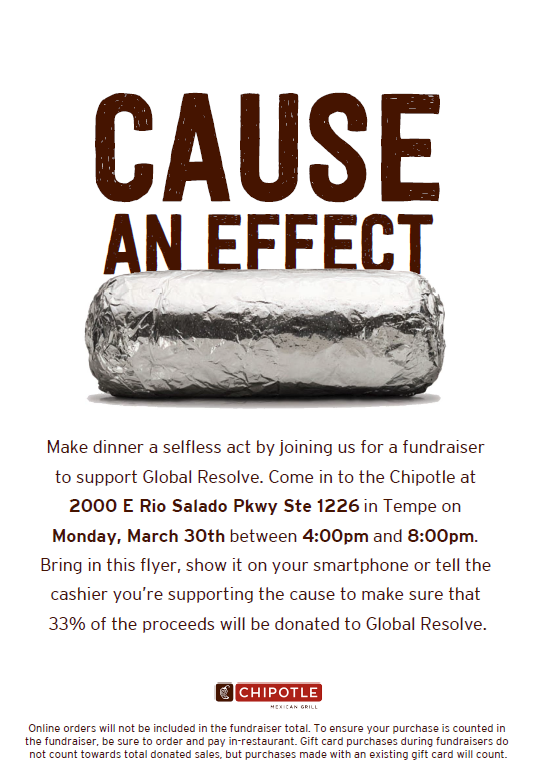
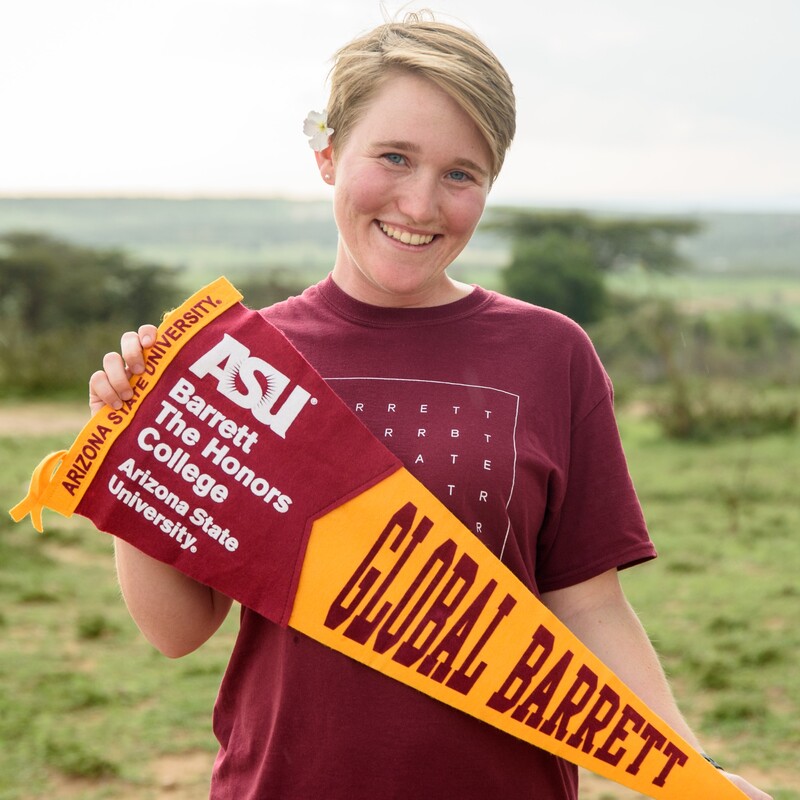
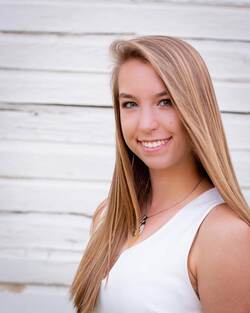
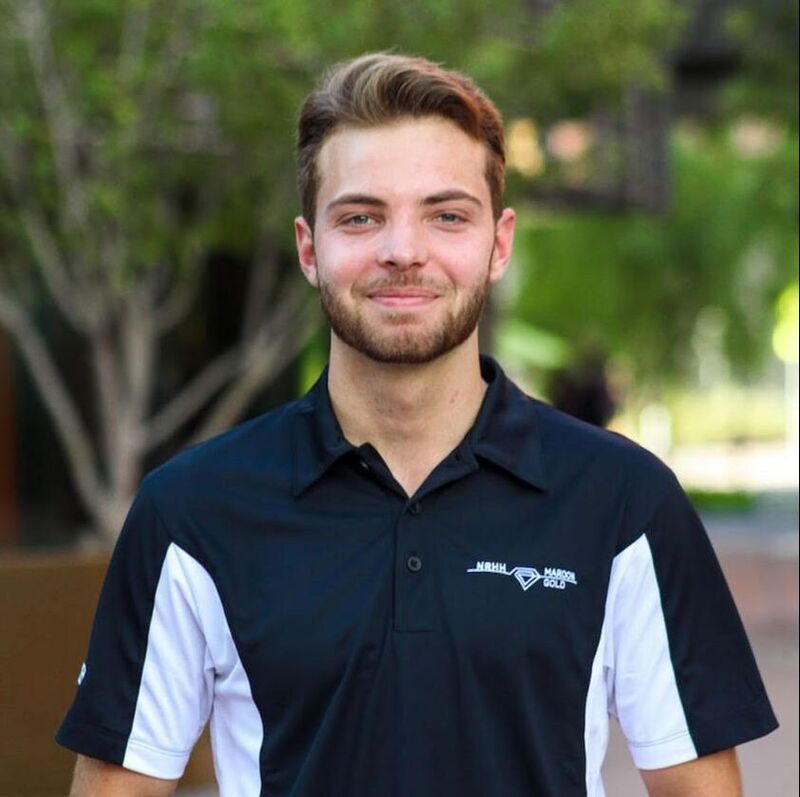
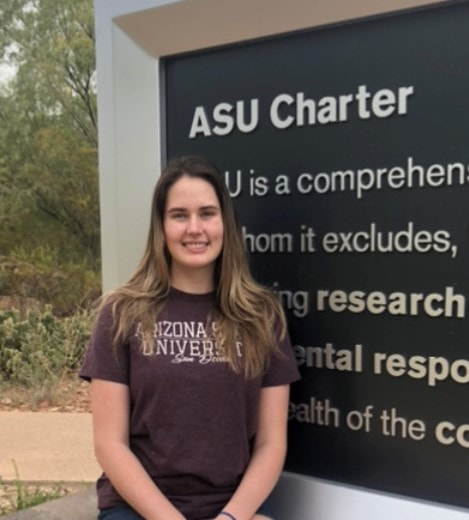
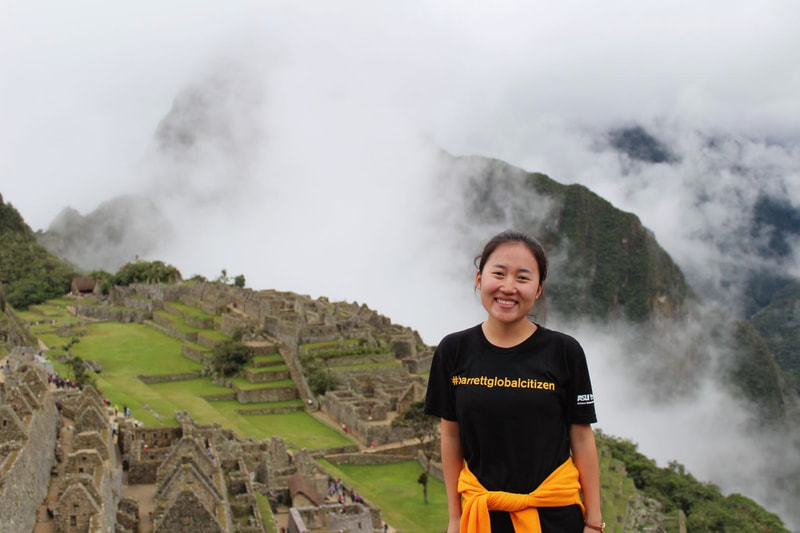


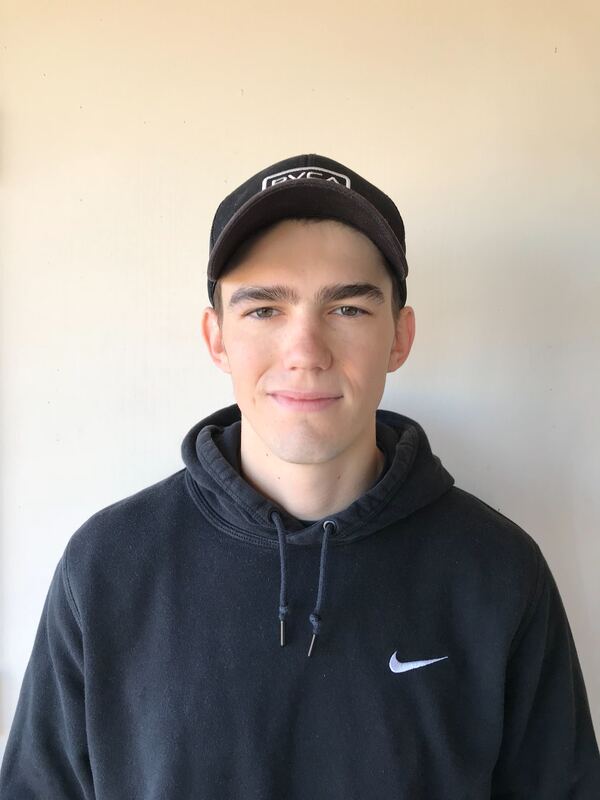
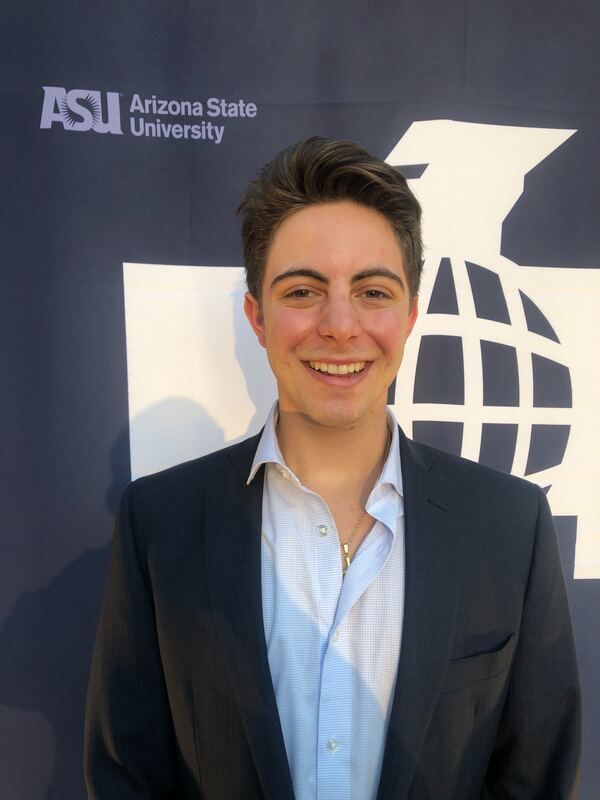
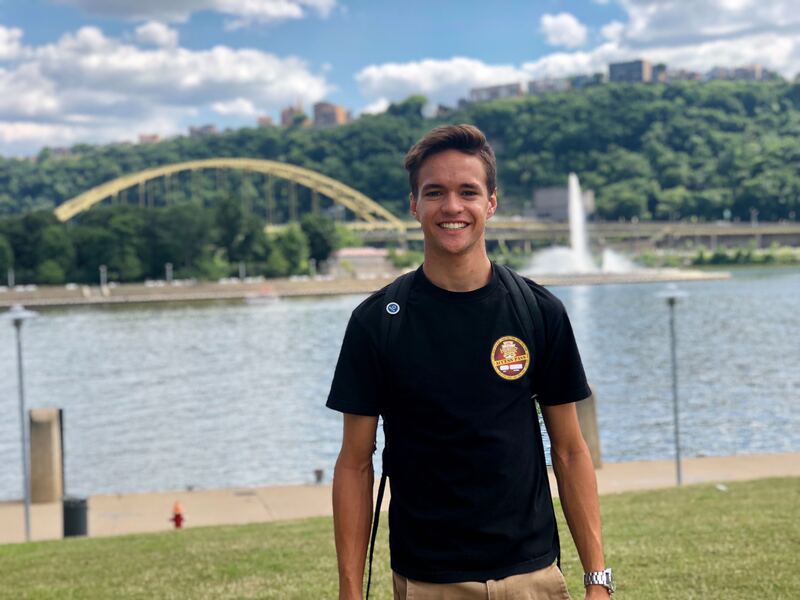
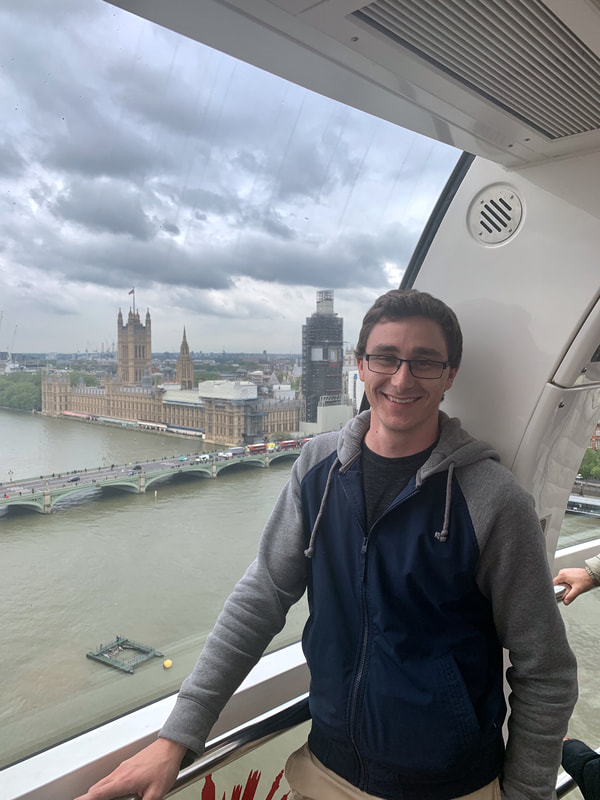
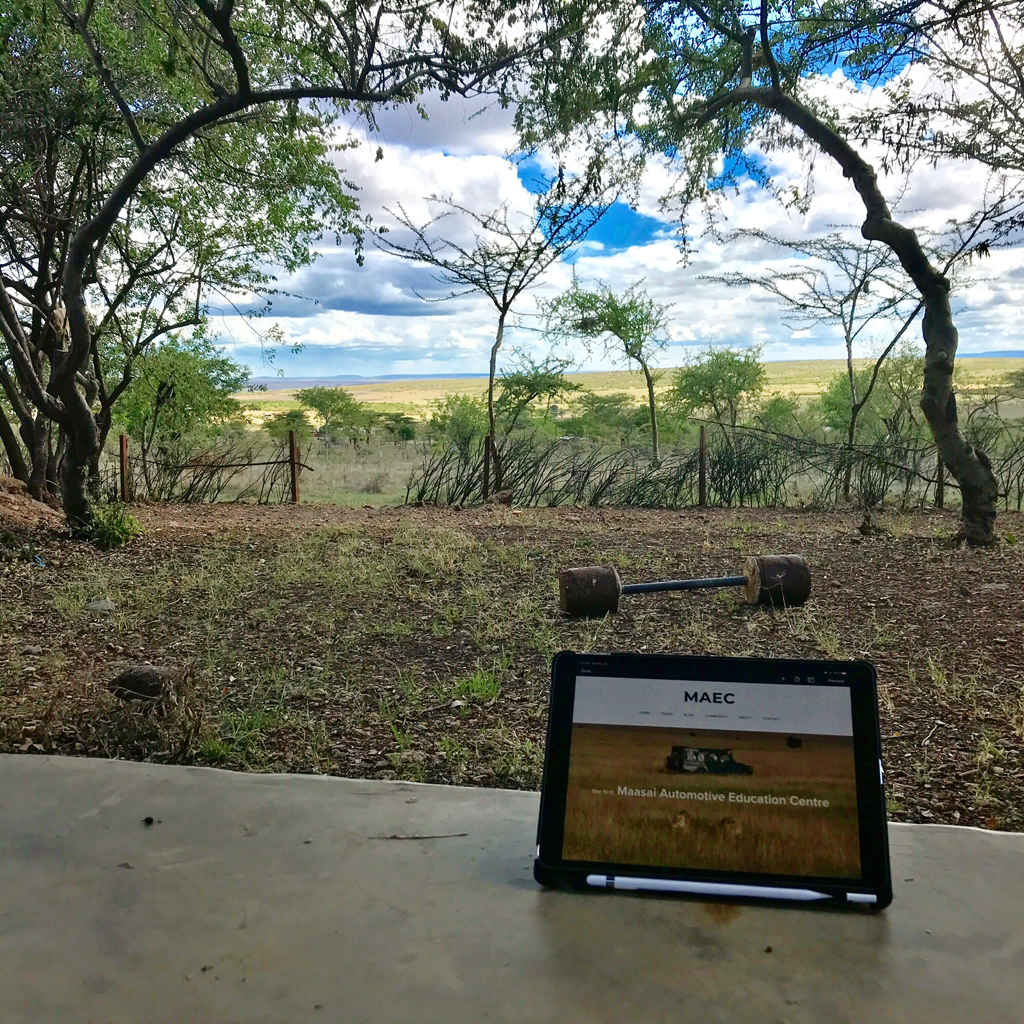
 RSS Feed
RSS Feed